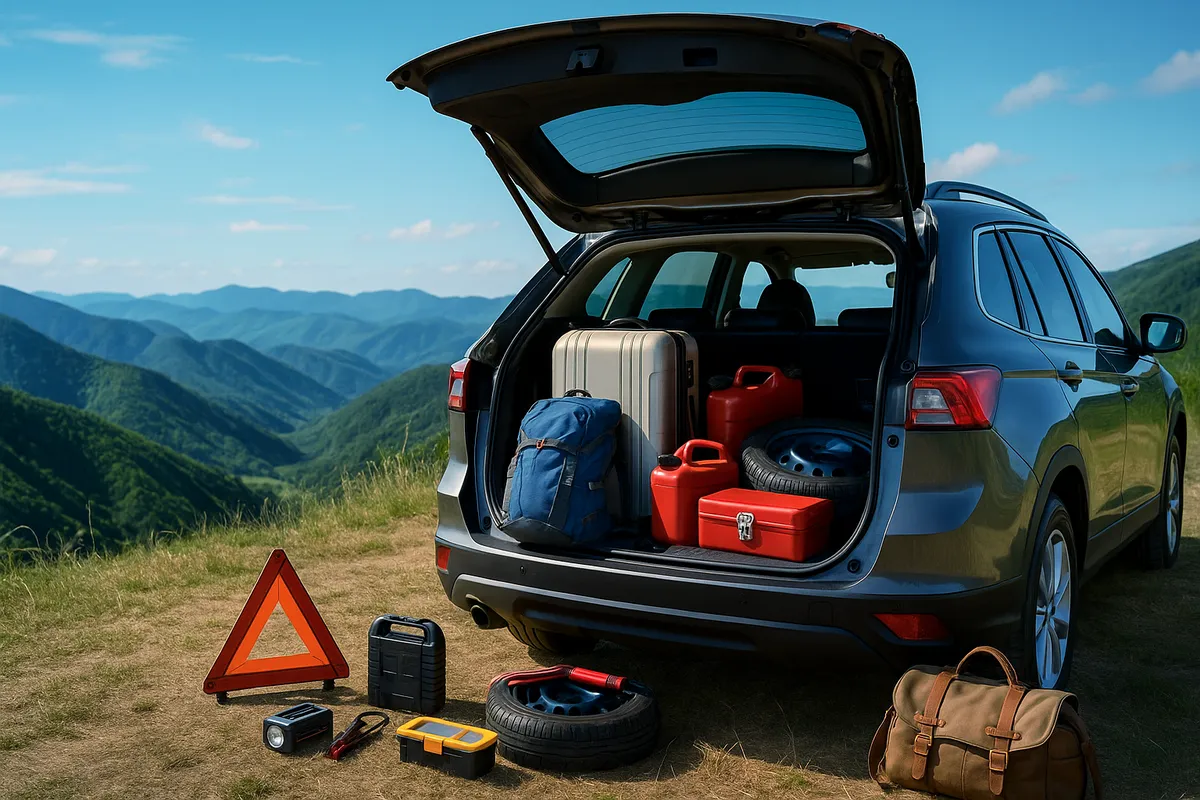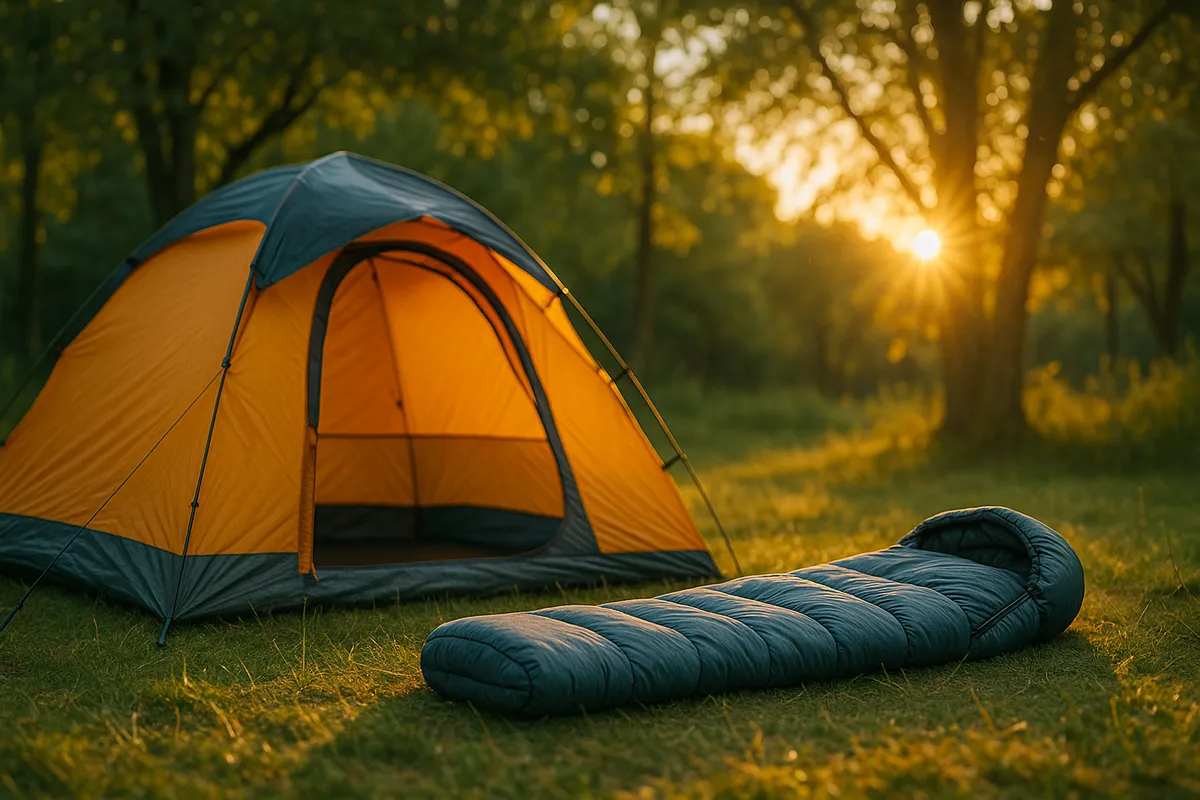What to prepare for a complete and safe trip when traveling by private car
- Tuesday, May 06, 2025, 22:01 (GMT+7)
What to prepare for a complete and safe trip when traveling by private car
A road trip in a private car always evokes a sense of freedom, flexibility, and privacy that few other modes of travel can match. But even the smallest oversight in preparation can quickly turn a dream journey into a prolonged challenge on the road. Whether it is your first time traveling with family or you are a seasoned driver who has covered hundreds of kilometers, mastering the essentials of preparation is key to making the experience safe, smooth, and truly enjoyable.
The first and most critical step is a thorough technical check of your vehicle. It is not just about filling up the gas tank or changing the oil. You need to inspect every component carefully, brakes, tires, wiper blades, headlights, air conditioning, steering system, battery, and especially the spare tire. Many underestimate the importance of a spare tire until they find themselves stranded on a mountain pass in the rain with no phone signal. A helpful tip is to keep a can of emergency tire repair spray in the trunk, something that can temporarily fix a flat when changing a tire is not an option.
Next comes the essential toolkit that no car should be without on a long journey. A vehicle traveling far without a portable jump starter, jumper cables, flashlight, screwdriver set, and multi-purpose duct tape is carrying a hidden risk. Many travelers have recounted how a single roll of fabric tape helped them temporarily secure a loose mudguard after a minor scrape, allowing them to drive another 200 kilometers to the nearest garage. A flashlight with an SOS mode is also a smart addition, especially for dealing with breakdowns at night in remote areas.
Navigation and route planning may seem simple in the digital age, but many mountainous or border regions still suffer from unstable GPS signals or lack of mobile coverage. Experienced travelers often download offline maps in advance, marking key stops, gas stations, repair shops, rest areas, clinics, and high-risk zones prone to landslides or accidents. Some even handwrite crucial information in a notebook, such as license plate numbers, local rescue hotlines, and the nearest major hospital along the route.
Food and drink might appear easy to manage, but without planning, it can become a serious issue. Roadside eateries are not always available, especially during lunch hours or late at night. A small cooler or insulated bag with water, fruit, sandwiches, dried meat, trail mix, glucose candies, and electrolyte drinks is highly recommended. These items help drivers and passengers stay energized, particularly during long drives, in hot weather, or in hours-long traffic jams.
When it comes to luggage, seasoned road trippers suggest using soft suitcases or fabric bags that can be stacked easily in the trunk. Avoid large hard-shell suitcases as they are bulky and difficult to arrange when traveling with a full car. Also, pack a separate small bag for items you need quick access to jackets, wet wipes, phone chargers, power banks, motion sickness tablets, face masks, and tissue paper. Storing everything in a large suitcase can be a hassle when something is urgently needed.
For health and wellness, a basic first-aid kit is essential, along with commonly used medication for fever, stomach issues, allergies, eye drops, and mosquito repellents. Families traveling with children should prepare even more carefully, with precise dosages, kid-friendly snacks, and a balanced rest schedule. Avoid pushing to cover too much ground in one day without breaks. Prolonged time in the car can make children irritable and exhausted, affecting everyone’s mood.
Clothing choices also matter. While you do not need to dress up, comfortable, breathable, and stretchable clothes are ideal. It is helpful to bring slip-on shoes or sandals for quick rest stops at gas stations, public restrooms, or ferry terminals. Athletic shoes or more formal footwear should be saved for sightseeing.
One often overlooked but powerful element of the journey is the in-car atmosphere, especially music. A well-curated playlist can keep the driver alert, lift spirits, and ease fatigue. People who travel regularly in their own car often prepare several offline playlists along with a portable Bluetooth speaker for roadside picnics or scenic stops in the forest or mountains.
The car environment itself deserves attention. Clean the vehicle thoroughly before departure, spray a light disinfectant, hang a small air freshener, and keep mini trash bags handy to maintain cleanliness. A natural deodorizing spray can help after in-car meals to keep unpleasant odors at bay.
For those who love to document and share their journey, do not forget to fully charge your camera, phone, memory cards, and bring a tripod, lens filter, or phone mount. One traveler shared how they missed capturing the sunrise at Hai Van Pass because their camera battery died and they had forgotten to bring a spare. Just one extra power bank could have saved that priceless moment.
Last but most important is your mental preparation for the unexpected. Not every trip goes exactly as planned. Delays, bad weather, motion sickness, or underwhelming destinations are all possible. Stay flexible, prioritize safety, and be open to adjusting your plans. When traveling in your own car, nothing matters more than returning home with both yourself and the vehicle safe and sound.
A private road trip is more than just getting from point A to B. It is a chance to connect, to admire the changing scenery, and to stop whenever a beautiful moment stirs the soul. But for those moments to become unforgettable, thorough preparation is essential from the smallest wet wipe to the biggest risk management plan.
A long journey is not just about turning wheels. It is about understanding your vehicle, reading the road, and cherishing every second of the ride.

 CHECKIN.VN
CHECKIN.VN








Share on